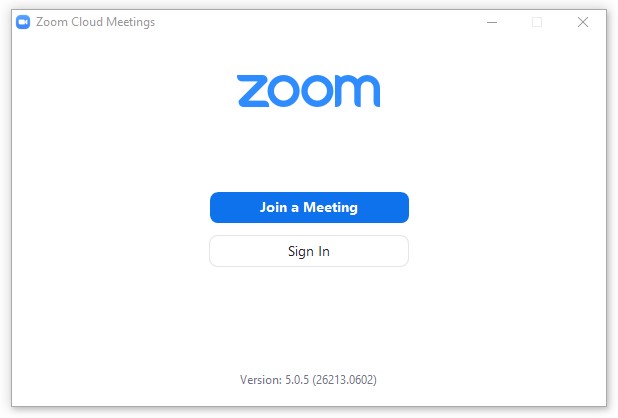The Zoom app and platform quickly become the verb for video conferencing during the UK’s lockdown, whereas in the past you might have ‘Skyped’ someone, now we ‘Zoom’ them. The growth was driven by its ease of use, cross platform support and of course the fact that for the majority the free version provided all the functionality needed.
This growth also resulted in increased scrutiny of Zoom’s security and privacy policy. The latter of which started off giving Zoom the right to be pretty much whatever they wanted with users data. Something which they soon addressed. The initial backlash resulted in many central and local governments banning use of the product, though those restrictions quickly got rolled back in the most case.

Zoom App Login
When it comes to using Zoom, there are some tips from security experts which can make using the system safer:
- Join Zoom meetings via your web browser, not the app – the web browser doesn’t have the same level of system access than the app;
- Check the domain you’re visiting is legitimate, scammers have been quick to register similar sounding domains in an attempt to steal password;
- Use a very strong, and unique, password for your login to Zoom;
- Make sure you use a password for each meeting – which is now the default.
For an updated list of all the reported issues with Zoom, check out this link from Toms Guide.
The good news is that with all the recent scrutiny Zoom will no doubt end up as the most secure solution out there for video conferencing. So unless you’re discussing state secrets or highly sensitive personal matters then you’re probably just fine using Zoom!
Don’t forget however that most users of Office 365 have access to Teams which also delivers secure video conferencing without any limits on the length of the meeting.
